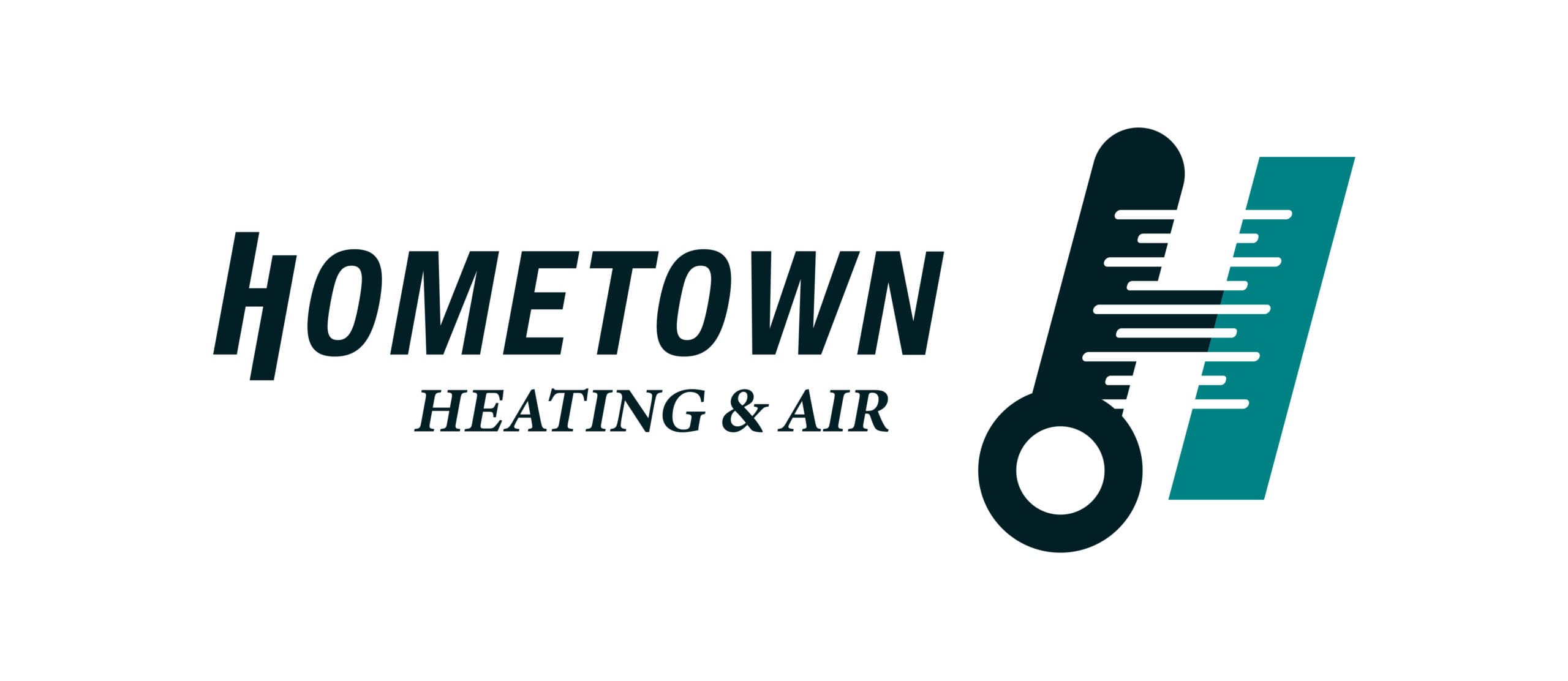How Can HVAC Professionals Help You Heal from a Mold-Induced Illness?

Mold exposure can cause serious health problems, especially for individuals with respiratory conditions, allergies, or weakened immune systems. Common symptoms of mold-related illnesses include chronic sinus congestion, headaches, fatigue, difficulty breathing, and skin irritation. If you’re recovering from mold exposure, improving your indoor air quality (IAQ) is essential for your healing process.
HVAC professionals play a key role in helping homeowners create a healthier indoor environment. By installing specialized indoor air quality equipment—such as energy recovery ventilators (ERVs), whole-home dehumidifiers, and HEPA filtration systems—HVAC experts can significantly reduce airborne mold spores, improve ventilation, and maintain optimal humidity levels.
In this article, we’ll explore how HVAC professionals can help you recover from mold-induced illness and prevent future exposure.
Understanding the Link Between Mold and Indoor Air Quality
Mold thrives in damp, humid environments and releases microscopic spores into the air. When inhaled, these spores can trigger allergic reactions, respiratory distress, and other health problems. The risk of mold-related illness increases when homes have poor ventilation, excessive moisture, or inadequate air filtration.
Key factors that contribute to mold growth and poor indoor air quality include:
- High indoor humidity (above 50%)
- Poor ventilation trapping stale, contaminated air
- Leaky ductwork spreading mold spores throughout the home
- Insufficient air filtration allowing mold and other pollutants to circulate
An HVAC professional can assess your home’s air quality and recommend solutions to address these issues, reducing mold exposure and supporting your recovery.
How HVAC Professionals Can Help You Heal from Mold Exposure
Improving Ventilation with an Energy Recovery Ventilator (ERV)
One of the most effective ways to remove mold spores from indoor air is through proper ventilation. HVAC professionals often recommend installing an Energy Recovery Ventilator (ERV), such as the Life Breath ERV130D, to continuously exchange stale indoor air with fresh, filtered outdoor air.
Benefits of an ERV for Mold Prevention and Recovery:
- Removes airborne mold spores and toxins
- Maintains balanced indoor humidity levels
- Reduces indoor air pollution by filtering incoming air
- Prevents musty odors associated with mold growth
Unlike standard ventilation systems, an ERV helps retain heat in the winter and cool air in the summer, improving both comfort and efficiency.
Controlling Humidity with a Whole-Home Dehumidifier
Mold thrives in high-humidity environments, making moisture control a critical part of recovery. An HVAC professional can install a whole-home dehumidifier, such as Aprilaire or Sante Fe dehumidifiers, to keep indoor humidity at a safe level (around 45%).
How a Dehumidifier Supports Mold Recovery:
- Reduces moisture levels, making it harder for mold to grow
- Helps alleviate respiratory symptoms triggered by mold exposure
- Prevents mold regrowth in areas like basements and crawl spaces
- Enhances overall air quality and comfort
Whole-home dehumidifiers integrate with your HVAC system, automatically adjusting humidity levels based on indoor conditions.
Removing Mold Spores with a HEPA Filtration System
Even after mold is removed from your home, lingering spores can continue to circulate through your HVAC system. Installing a high-efficiency particulate air (HEPA) filter system, like the Life Breath TF3000, can capture up to 99.97% of airborne particles, including mold spores.
Why a HEPA Filtration System is Essential for Mold Recovery:
- Captures mold spores before they enter your air supply
- Filters out other allergens, such as dust and pet dander
- Improves lung health by reducing airborne irritants
- Works with your HVAC system for continuous air purification
HEPA filtration is especially beneficial for individuals with asthma, allergies, or compromised immune systems, helping them breathe easier while recovering from mold exposure.
Why You Should Trust an HVAC Professional for Mold-Induced Illness Prevention
While portable air purifiers and small dehumidifiers may provide temporary relief, they don’t offer whole-home solutions for mold prevention and air quality improvement. An HVAC professional can assess your home’s specific needs and install customized solutions to ensure long-term protection against mold and indoor pollutants.
What to Expect from an HVAC Professional:
- A comprehensive air quality assessment
- Expert recommendations on ventilation, humidity control, and filtration
- Professional installation of high-quality IAQ equipment
- Ongoing maintenance to keep your system working efficiently
By investing in HVAC upgrades, you can create a healthier living environment and reduce the risk of future mold-related illnesses.
Breathe Easier: HVAC Solutions for Mold-Induced Illness Recovery & Prevention
Mold exposure can have serious health consequences, but with the right HVAC solutions, you can recover faster from mold-induced illness and prevent future problems. An experienced HVAC professional can help by installing an Energy Recovery Ventilator (ERV) to improve air circulation, a whole-home dehumidifier to maintain ideal humidity levels, and a HEPA filtration system to remove harmful mold spores from your air supply.
If you’re recovering from a mold-related illness or want to protect your home from indoor air pollutants, contact Hometown Heating & Air today. Our team specializes in indoor air quality solutions designed to help you breathe easier and live healthier.
Call us at (603) 496-1009 to schedule a consultation!
